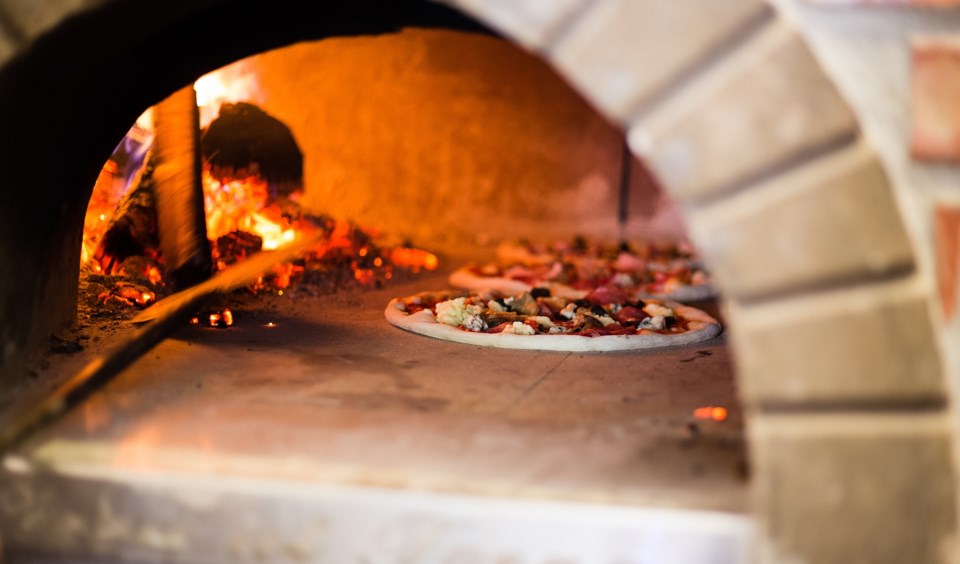Last month, the New York City Department of Environmental Protection announced it would be enforcing regulations that require pizzerias that use coal or wood-firing ovens to reduce their carbon emissions by 75% by switching to gas stoves or installing special air filters and sprinklers.
This proposal for these regulations was introduced in 2016 after the DEP discovered that, without proper ventilation, wood and coal-firing ovens significantly pollute the air. The law was to be enforced in 2020, but the enforcement was pushed to this year due to the pandemic.
"All New Yorkers deserve to breathe healthy air, and wood and coal-fire stoves are among the largest contributors of harmful pollutants in neighborhoods with poor air quality,” DEP spokesperson Ted Timbers said in a statement.
This new regulations have presented challenges for pizzeria owners, who now have to upgrade their equipment or install emission control, which can cost a lot of dough.
Paulie Giannone, the owner of Paulie Gee’s in Greenpoint, said there would be challenges with costs and maintenance.
"It’s not just the expense of having it installed, it’s the maintenance," Giannone told NY Post. "I got to pay somebody to do it, to go up there every couple of weeks and hose it down and you know do the maintenance.”
Some pizza owners are struggling financially and cannot afford to purchase new sprinkler systems, which are necessary to continue operating coal and wood-firing ovens.
Rosario Granieri, the owner of Pizza Secret in Park Slope, said he was devastated when he was informed that he would have to spend a lot of dough on an expensive sprinkler system if he were to continue to use a wood-firing oven. He ended up switching to gas, which cost him $3,000 upfront.
Now, he is saving $1,500 per month that he had spent on firewood, and his pizza remains the same quality.
"It's green, it's cleaner, the pizza is very good," Granieri told BK Reader.




